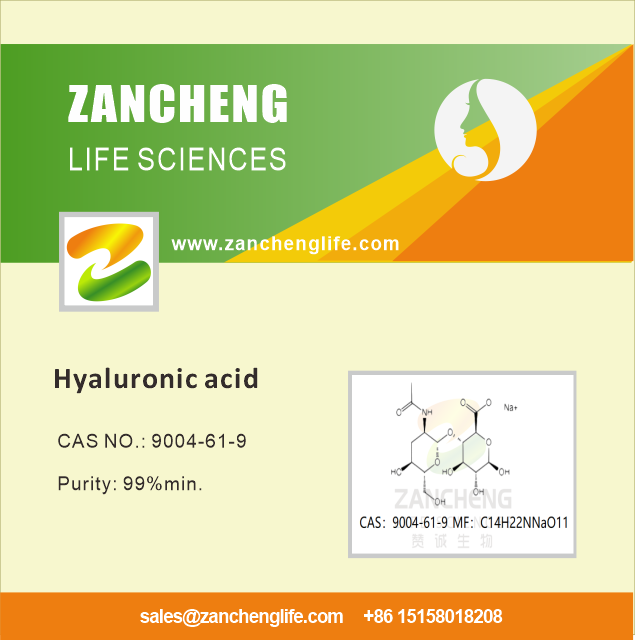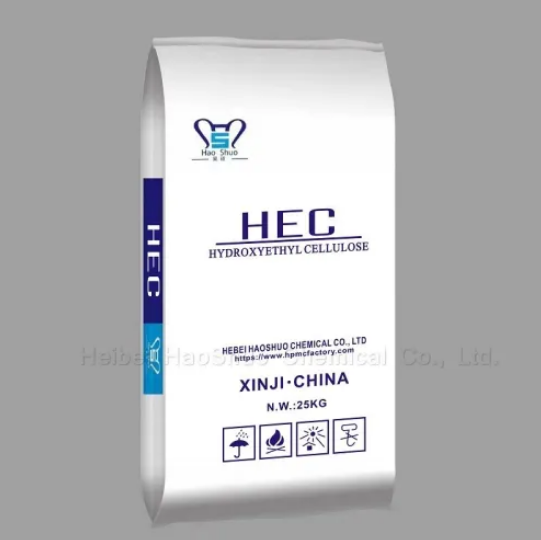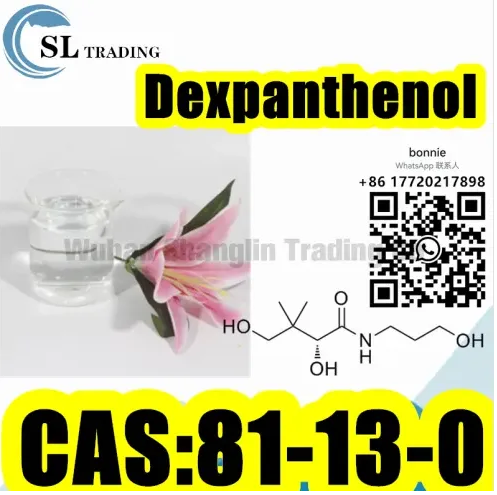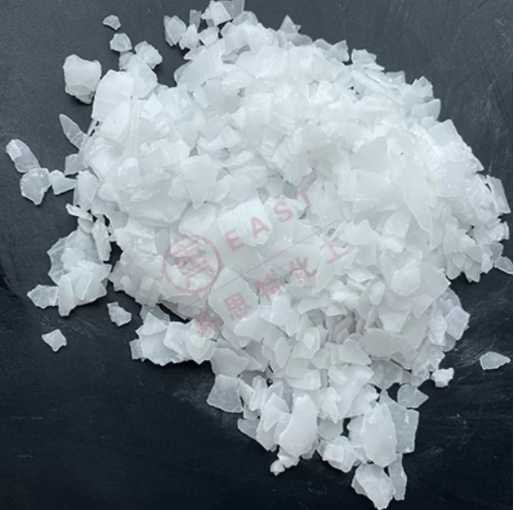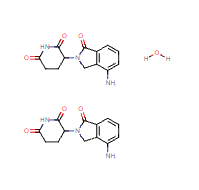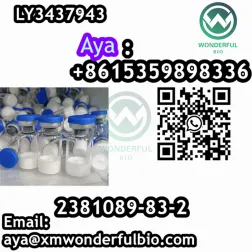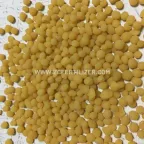Are Cosmetic Raw Materials Safe for Use in Beauty Products?
Introduction:
The beauty industry is constantly evolving, with new products and formulations being introduced to meet consumer demands. Central to the creation of these products are cosmetic raw materials, also known as cosmetic ingredients. However, as consumers become increasingly conscious about the safety of the products they use, questions arise regarding the safety of these raw materials. In this article, we will explore the safety considerations surrounding cosmetic raw materials and their use in beauty products.
Understanding Cosmetic Raw Materials:
Cosmetic raw materials encompass a wide range of substances used in the formulation of beauty and personal care products. These ingredients can be sourced from various natural, synthetic, or organic origins and serve different functions, such as providing texture, enhancing stability, or delivering specific benefits to the skin, hair, or nails. Some common examples of cosmetic raw materials include emollients, surfactants, preservatives, antioxidants, and colorants.
Regulatory Measures for Safety:
The safety of cosmetic raw materials is a paramount concern for manufacturers and regulatory authorities. In many countries, including the United States, the European Union, and Japan, cosmetic products are subject to regulations and guidelines to ensure consumer safety. Regulatory bodies, such as the U.S. Food and Drug Administration (FDA) and the European Commission's Scientific Committee on Consumer Safety (SCCS), evaluate the safety of cosmetic ingredients and set permissible limits for their use.
Safety Assessment and Testing:
Before a cosmetic raw material is used in a beauty product, it typically undergoes rigorous safety assessment and testing. This process includes evaluating the ingredient's potential toxicity, skin sensitization, eye irritation, and potential for carcinogenicity or reproductive toxicity. Cosmetic ingredient suppliers are responsible for providing safety data sheets and ensuring the compliance of their ingredients with relevant safety standards.
Cosmetic Ingredient Database:
See also:Sulfonated Melamine Superplasticizer: Empowering Concrete with Strength and Flexibility
The Role of the Methyl Acetate Plant
Phenol Alkylation Plant: Pioneering Aromatic Chemistry and Industrial Advancement
When should you consider using nail free adhesive for your DIY or home improvement projects?
WHAT IS SURFACTANT AND WHEN TO USE IT?
What is RDP Powder Used For?
What is sodium acetate trihydrate used for?
To assist cosmetic manufacturers and consumers in making informed decisions, several organizations maintain comprehensive databases that provide safety information on cosmetic ingredients. Examples include the Cosmetic Ingredient Review (CIR) database, the International Nomenclature of Cosmetic Ingredients (INCI) database, and the Environmental Working Group's Skin Deep database. These resources provide valuable information on the safety profiles and potential risks associated with cosmetic raw materials.
Cosmetic Ingredient Transparency:
In recent years, there has been a growing demand for transparency in the cosmetic industry, including disclosure of the ingredients used in beauty products. Many companies now provide detailed ingredient lists on their product labels or websites. Additionally, initiatives like the Clean Beauty Movement have emerged, advocating for the use of safer and more natural cosmetic ingredients. These efforts aim to empower consumers to make informed choices about the products they use.
Potential Allergenic Reactions:
While cosmetic raw materials undergo safety assessments, individual sensitivities and allergies can still occur. Certain ingredients, such as fragrances, preservatives, and some plant extracts, have a higher potential to cause allergic reactions in susceptible individuals. It is essential for consumers to read ingredient labels, especially if they have known allergies, and consult with healthcare professionals if necessary.
Continued Research and Innovation:
The beauty industry is continuously evolving, with ongoing research and innovation in the field of cosmetic raw materials. Manufacturers are investing in safer and more sustainable alternatives, exploring natural and organic ingredients, and adopting advanced technologies to enhance the safety and efficacy of beauty products. The goal is to deliver high-quality products that meet consumer demands while ensuring their safety.
Conclusion:
The safety of cosmetic raw materials is a critical consideration in the formulation of beauty products. Through stringent regulations, safety assessments, and ingredient databases, efforts are made to ensure the safety of these ingredients. However, individual sensitivities and allergies can still occur, underscoring the importance of ingredient transparency and consumer awareness. As the beauty industry continues to advance, ongoing research and innovation will further enhance the safety and efficacy of cosmetic raw materials, enabling consumers to make informed choices about the products they use on their skin, hair, and nails.
See also:Xylitol vs. Erythritol, What Are You Concerned about?
How To Choose The Effective Multipurpose Spray Adhesives?
What is the physical state of 2 Bromoethyl benzene?
Sodium Bicarbonate for Pools: Why You Should Put It in Your Swimming Pool?
The Versatility of C2H2 Industrial Gas
What Are the Different Types of Adhesives?
What is thymol crystals?


